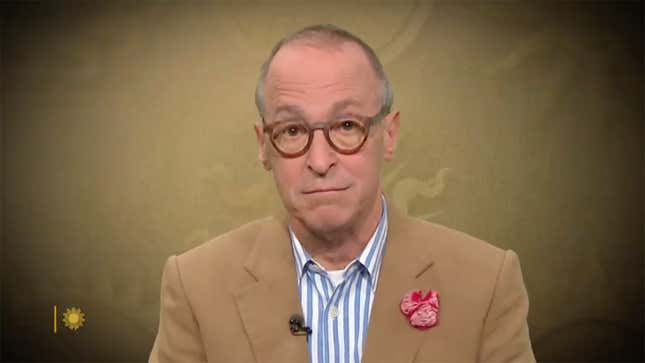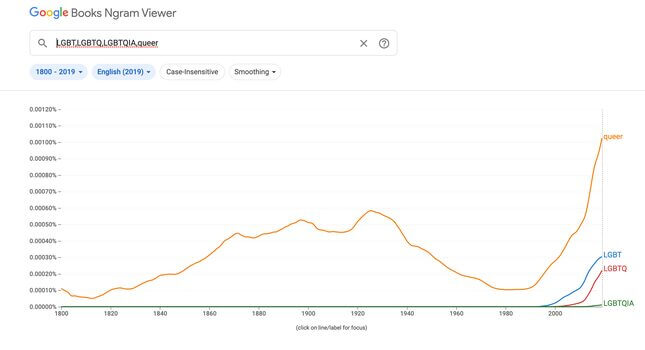David Sedaris Is Now ‘Straight’…in Principle!
The satirist's stance is as bold as it is incoherent: He's now "straight" because he's "simply done fighting the term queer."
Entertainment

“I am announcing to the world that I am straight,” proclaimed writer David Sedaris at the start of a segment he recorded for the most recent episode of CBS Sunday Morning. “Isn’t he a noted gay?” you might be asking yourself, if you haven’t yet seen the segment or read the Twitter discourse about it. But before you call Sedaris’ announcement queer (don’t you dare call it queer!), hear him out! He has a point to be made, and with humor, like only a humorist can.
Sedaris has not fallen in love with a woman and remains with the same man he’s been involved with for the past 31 years. He’s now “straight” because, as he says, “I’m simply done fighting the term queer.” Why and how would you fight a term? Well, that’s unclear actually—there simply isn’t enough time in the two-minute segment to unpack that or much else about the greater forces of identity and nomenclature that he gestures toward. But your periodic gig quipping on Sunday morning television has to be about something, right?
We do know that Sedaris isn’t bothered by the former status of “queer” as a pejorative (it is probably still used as such in certain parts of the country among people of a certain age), but by the “fourth” rebranding he’s been forced to live through. He claims he’s seen his identity’s label shift several times throughout his 65 years—from “homosexual” to “gay” to “LGBT” to “queer.”
“And for what? Why the makeovers? And what will it be next?” the old man yelled at the cloud.
-

-

-

-

-

-

-

-

-

-

-

-

-

-

-

-

-

-

-

-

-

-

-

-

-

-

-

-

-

-

-

-

-

-

-

-

-

-

-

-









































